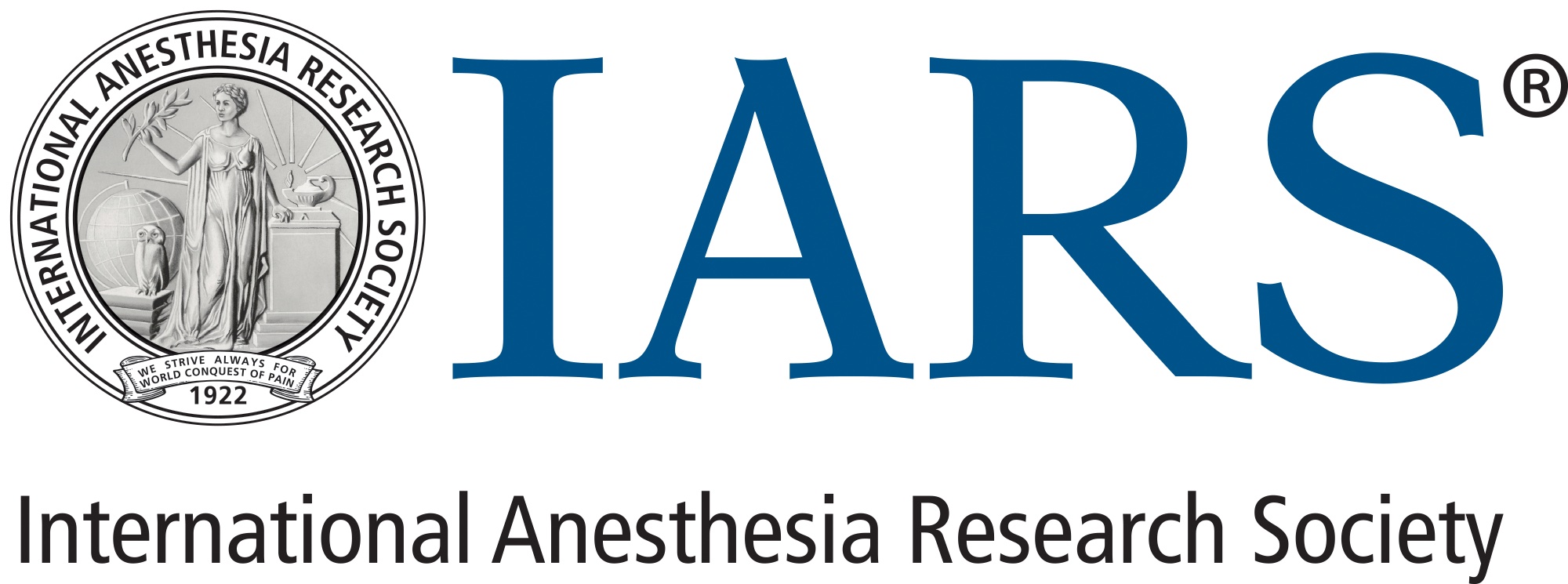Making Waves: How EEG Education and Systems Neuroscience Can Elevate Patient Care
Christian S. Guay, MD
The electrical activity of the brain — our body’s most complex and arguably most important organ — offers invaluable insights during clinical anesthesia and critical care, yet it remains underutilized in everyday practice. During the session, “Electroencephalography in Perioperative Medicine: Paying Attention to the Brain Behind the Curtain,” co-sponsored by the Society for Neuroscience in Anesthesiology and Critical Care (SNACC) on Sunday, March 23, at the 2025 Annual Meeting, presented by IARS and SOCCA, three experts advocated for a more nuanced approach to electroencephalographic (EEG) monitoring that goes beyond simplistic numerical indices to improve patient care.
Paul Garcia, MD, PhD, Chief of Neuroanesthesiology at New York Presbyterian/Columbia University Irving Medical Center, began by challenging reliance on processed EEG indices alone, particularly in high-risk patients. While acknowledging common criticisms of processed EEG — that it doesn’t predict movement, requires buying sensors, and often involves industry-sponsored research — Dr. Garcia emphasized that these concerns are outweighed by the benefits of monitoring and better understanding the end organ target of anesthesia: the brain. He noted that EEG-guided anesthesia not only reduces delivered anesthetic dose, resulting in cost savings, faster emergence and decreased greenhouse gas emissions, but can also reduce the incidence of postoperative delirium.
For optimal benefit, Dr. Garcia stressed the importance of evaluating time-series waveforms, particularly in vulnerable brains where anesthetic titration is most critical yet EEG interpretation most challenging. “This is just like any other monitor — you need to interpret it in the broader clinical context and accept that artifacts are inherent to any physiologic monitor,” he explained. Dr. Garcia highlighted alpha power as a key indicator that can help differentiate anesthetic states by reflecting corticothalamic circuit activity. High frontal alpha power is associated with better postoperative outcomes, while low alpha power is seen in older patients, cognitive impairment, critical illness, and frailty. It’s important to note that noxious stimulation without appropriate antinociception can lead to the “alpha dropout” phenomenon — the loss of frontal alpha power — and trajectories of frontal EEG during emergence can predict postemergence cognitive trajectories. He cautioned that processed EEG indices are less accurate in older patients, likely because total power decreases with advancing age, and emphasized that anesthetic states should not be viewed on a linear scale of “depth” but rather as multidimensional, considering at least both hypnosis and analgesia.
Matthias Kreuzer, PhD, an electrical and biomedical engineer with a PhD in neuroscience who leads the Neuromonitoring Lab at the Klinikum rechts der Isar of the Technical University of Munich, continued with practical advice for implementing EEG education and monitoring. He noted the lack of common terminology for “EEG-guided” anesthesia and emphasized the need for education on interpreting EEG tracings and spectrograms rather than relying solely on numerical indices. “The various indices are not on the same scale, so 50 on one does not equal 50 on another,” Dr. Kreuzer explained, highlighting additional problems with proprietary algorithms, contradictory situations, and time delays with the indices. Citing a 2023 study in the British Journal of Anaesthesia, Dr. Kreuzer noted that in two-thirds of cases, the processed indices of five different monitors did not agree with each other, underscoring the limitations of relying on numerical values alone. He also cautioned that processed EEG indices generally increase with age, so forcing all patients to the same target number likely results in overdosing older patients. Additionally, he demonstrated that processed monitors don’t always identify periods of suppression, advocating for direct visualization in the EEG tracing rather than relying on computed suppression ratios.
Dr. Kreuzer described how raw EEG tracings provide a live window into brain states on the scale of seconds, while spectrograms offer context of activity over minutes or hours. He pointed to numerous online educational resources and highlighted the Safe Brain Initiative’s half-day workshops on EEG education, with 18 completed and more planned.
Kathryn Rosenblatt, MD, MHS, an assistant professor of anesthesiology and critical care medicine, neurology and neurosurgery at Johns Hopkins University School of Medicine, concluded the session by examining EEG applications for delirium diagnosis and prediction in the ICU. She defined delirium as “a clinical syndrome resulting from acute encephalopathy,” distinguishing between delirium as a clinical state and encephalopathy as a pathophysiological process. Delirium is associated with higher mortality, long-term cognitive impairment, and longer ICU and hospital stays, yet currently lacks a gold standard biomarker despite diagnostic tools like DSM criteria and the Confusion Assessment Method.
Dr. Rosenblatt described delirium as a failure of a vulnerable brain to show resilience in response to an acute stressor, with mechanisms likely including prior degenerative pathology, circadian dysregulation, oxidative stress, impaired metabolism, endothelial dysfunction, and neuroinflammation. EEG has long been recognized as a tool to diagnose delirium through identification of diffuse slowing, with the amount of slowing typically correlating with delirium severity. She noted that certain EEG patterns can suggest specific etiologies causing delirium, such as hepatic encephalopathy, thyroid disorders, metabolic derangements, and sepsis-associated encephalopathy, though specificity remains limited. The resolution of delirium typically corresponds with the return of higher frequency oscillations in the EEG. Dr. Rosenblatt concluded by highlighting promising research on using EEG to predict future delirium and the potential for integrating EEG into multimodal neuromonitoring for improved delirium prediction and diagnosis.
This session collectively emphasized that while processed EEG indices have featured in previous large clinical trials, the true benefit of EEG-guided anesthesia comes from understanding and interpreting the underlying brain activity patterns, particularly in vulnerable patients where optimized anesthetic delivery can significantly impact outcomes.
International Anesthesia Research Society
